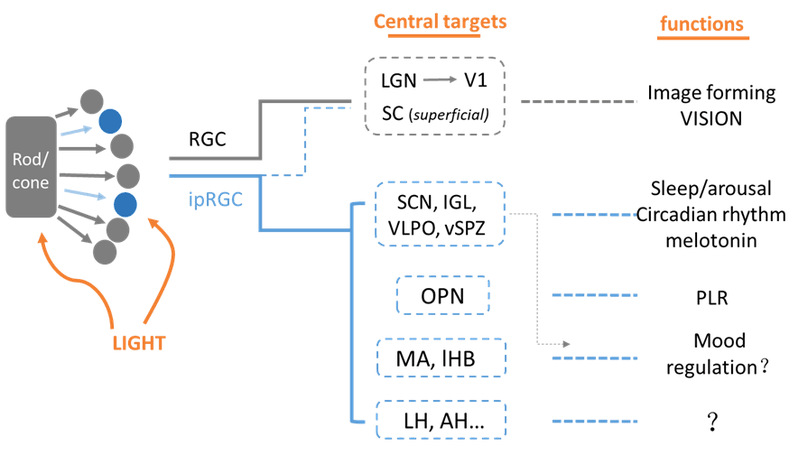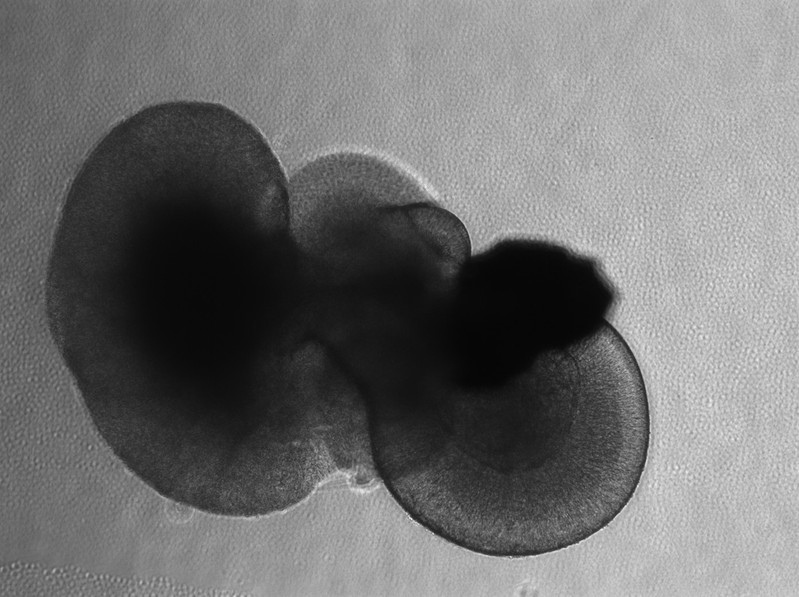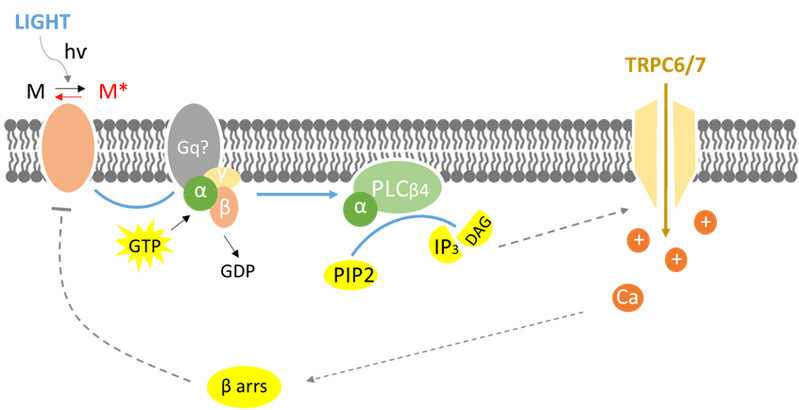Welcome to the Xue lab (Lab of Sensory Neuroscience)
Responding to the surrounding environment is one of the vital traits of a living organism. In particular sensing light is a most important perception and way of gathering information for most organisms. Our lab is hence interested in understanding physiological characteristics and signaling mechanisms of photo-sensation, revealing neural circuits involved in this process and exploring methods for vision restoration after photoreceptor degeneration. “Light” does not only convey image information (image-forming vision), but also has impact on a number of physiological functions, such as light-entrainment of circadian rhythm, mood regulation, sleep, negative masking, pupillary light reflex, melatonin secretion etc. – functions referred to collectively as non-image vision (NIV). Only until recently, we realized that NIV is mediated by a special group of light-responsive cells in the retina: intrinsically photo-sensitive retinal ganglion cells (ipRGCs).
Research Interests:
1. Neuronal Circuitry Involved in Non-image forming vision(NIV)As compared to classic image-forming vision, we have very limited knowledge regarding the neuronal circuits involved in NIV. On-going projects in Dr. Xue’s lab focus on the mesoscopic structure and function of NIV-associated neuronal circuitry, using techniques such as trans-synaptic viral tracing, electrophysiology, optogenetics, and in vivo deep-brain calcium imaging.

2. Vision Rescue
Perception of light is of great importance, thus restoration of damaged photoreception (especially blindness caused by degeneration of rods and cones) is of high clinical value. One direction of Dr.XUE’s lab is to explore the possibilities in vision repair and rescue with a combinatorial approach employing stem cell regeneration, gene editing, and bio-informatics.

3. Photo-transduction Mechanisms and Neuronal Coding Underlying Non-image forming vision
It is still not fully clear how ipRGCs control the unique kinetics of its light response through photo-transduction mechanisms, and what physiological significance this has for neuronal coding of NIV. We aim to investigate molecular targets that may affect the kinetics of ipRGC-mediated photo-responses, with the aid of transgenic mice, AAV-RNAi, patch-clamp and optogenetic techniques. We will further combine in vivo optogenetics with behavioral tests to reveal the coding pattern of ipRGC-mediated information, and its impact on NIV-associated physiological processes. This will expand our understanding about the strategy used by neural systems to code environmental stimuli for different physiological needs.

|







